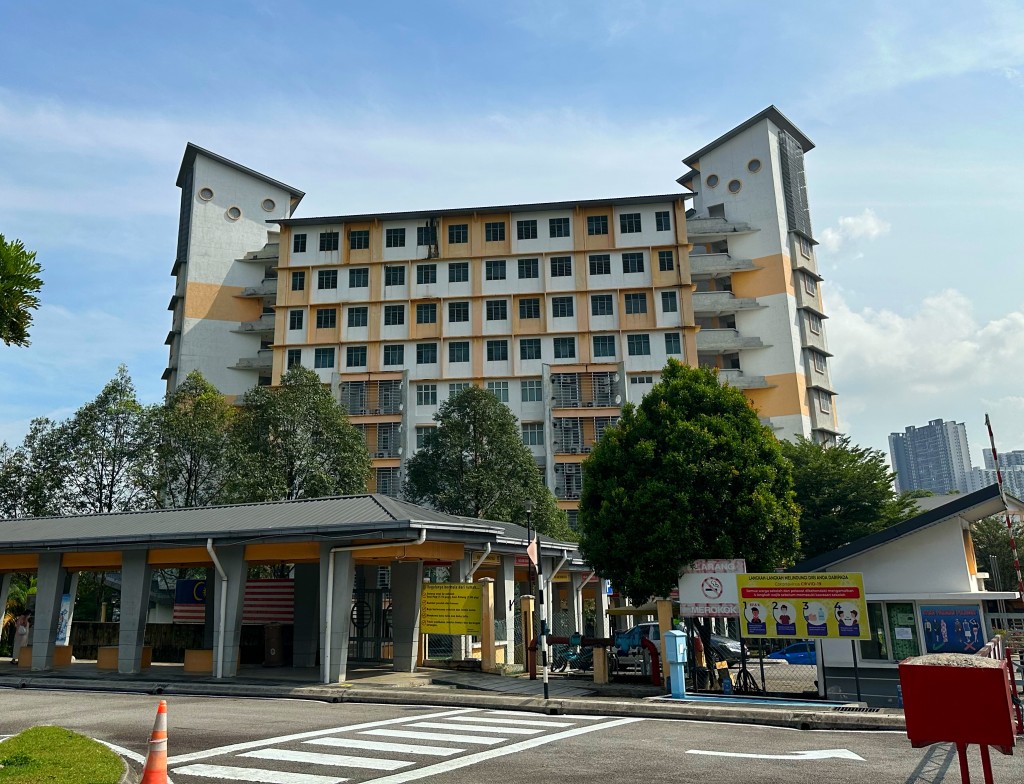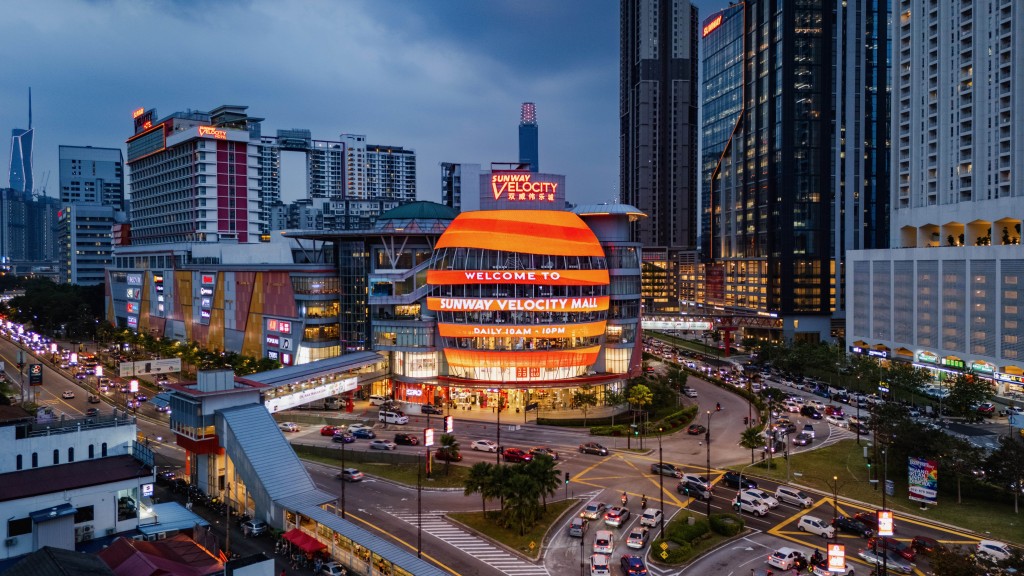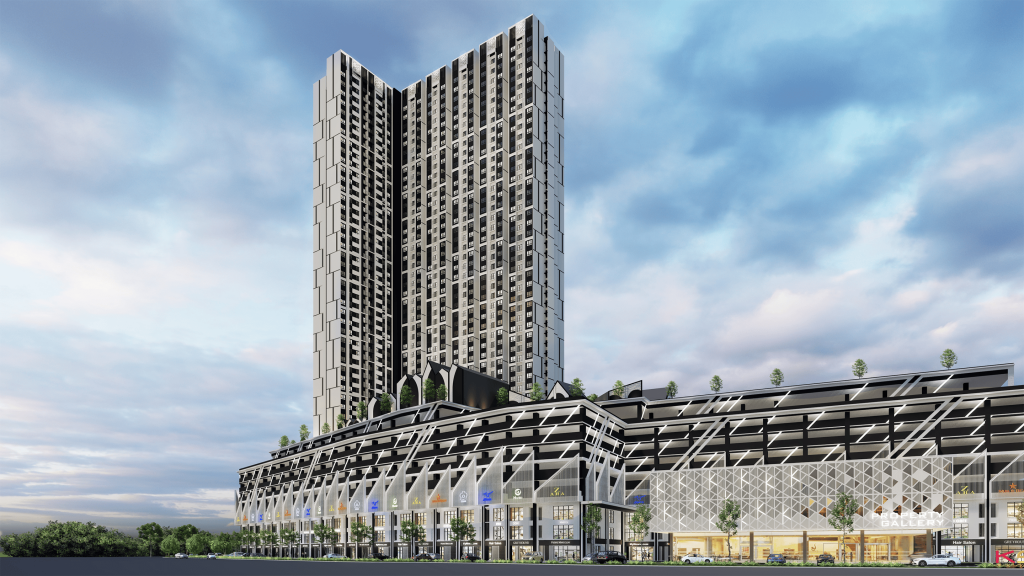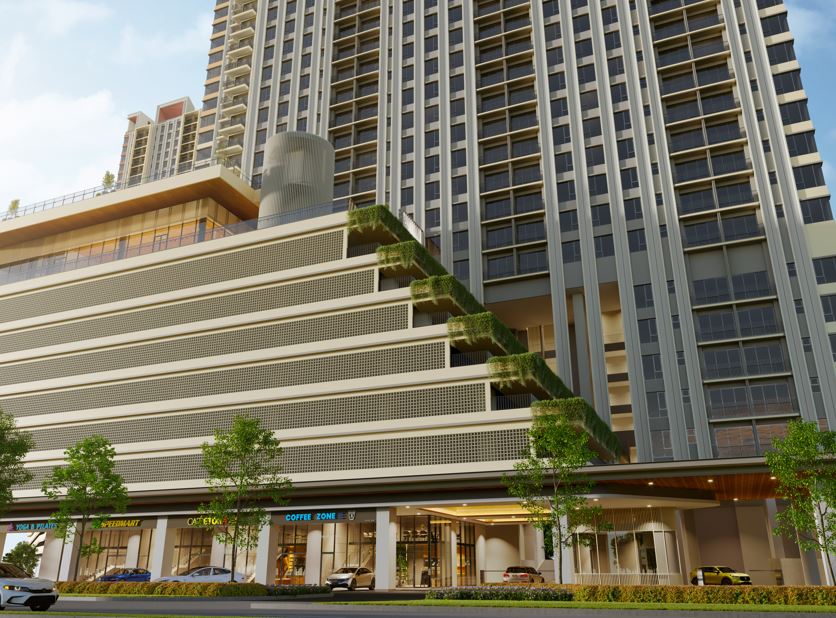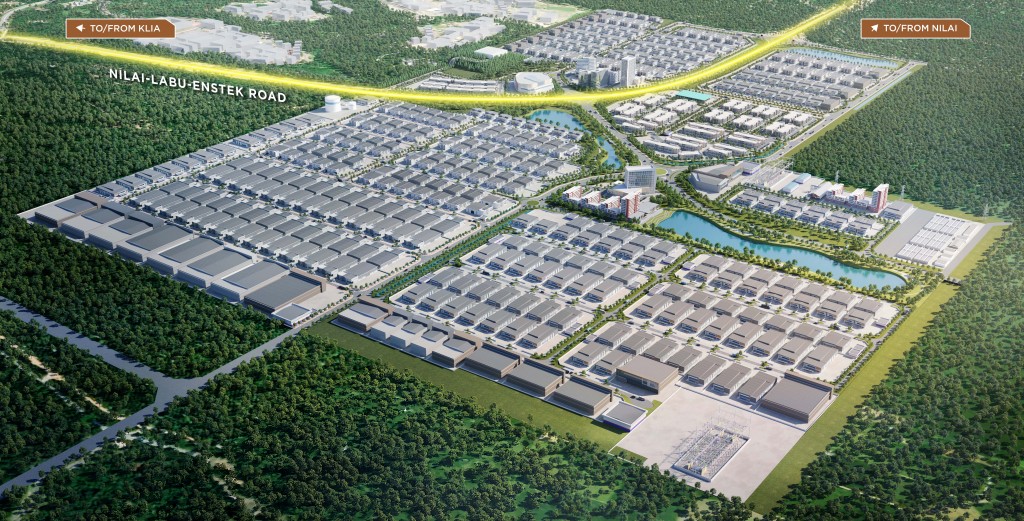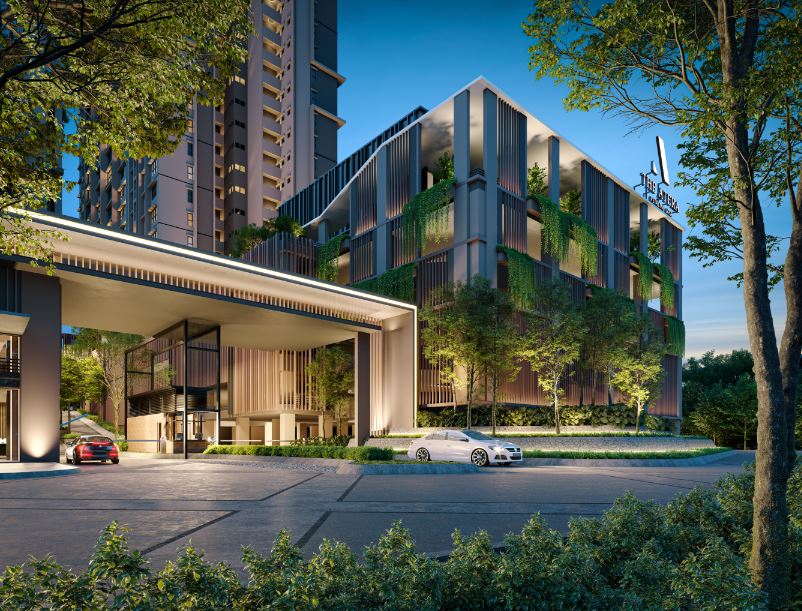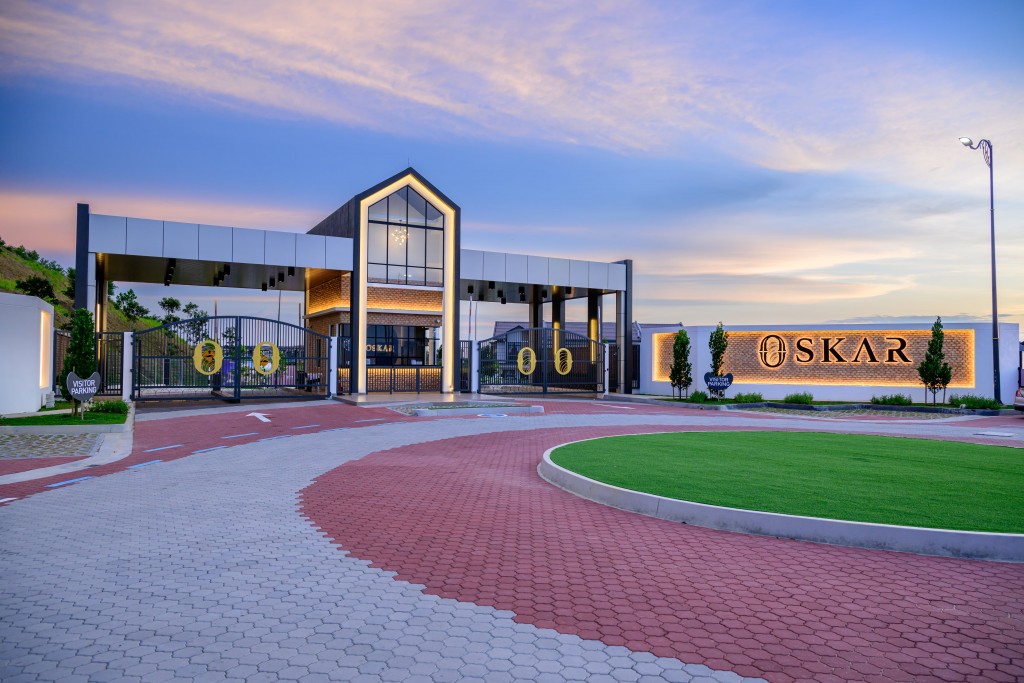In Malaysian cities, land is increasingly treated as gold, leading to soaring prices and scarce vacant lots. This challenge is acutely felt by urban schools, which are already saturated with high student populations. While commercial, retail and office buildings grow taller to solve density issues, schools are often left locked into tight spaces, overshadowed by emerging skyscrapers.
For decades, Malaysia has depended on low-rise, sprawling school grounds built in the image of post-1950s suburbs, where land was abundant and students chased each other across open fields and between blocks. But those days are fading fast. In some districts, schools have even been demolished to make way for commercial projects, highlighting how educational needs often lose out to economic growth.
The government has been trying to keep pace. Efforts to streamline construction in rural areas continue, while in crowded cities, the Ministry of Education is continuing to experiment with the bold idea of vertical schools.
Earlier this year, Kuala Lumpur City Hall (DBKL) floated plans for high-rise schools that could reach up to 17 storeys. The ministry soon announced a pilot project in Kuala Lumpur, Pulau Pinang and Putrajaya to test the concept’s safety and practicality.
While not yet sky high, the proposal stirred mixed reactions. For many, this proposal feels futuristic. This kind of innovation is seemingly more suited for land-starved cities like Hong Kong or Singapore. For others, this concern was very real and sparked worries. Malaysia already has one high-rise precedent, the ten-storey SMK Seri Sentosa in Kuala Lumpur, where frequent lift breakdowns and long stair climbs have raised questions about feasibility.
Land ownership and policy complexity
One reason school construction takes so long is the tangle of ownership and bureaucracy behind it. Many school plots are held under state governments while school operations fall under federal jurisdiction. This mismatch often leads to delays in land transfers, especially in fast-growing areas where demand for new schools is highest. The federal government has been reviewing ways to streamline these processes through joint development models and more flexible land-use classifications. Progress, however, has been slow. Industry observers note that closer collaboration between state planners, local councils and education authorities could unlock more school projects within mixed-use developments.
Population growth and urban migration
Yet, the numbers make the case clear. Malaysia’s total population stood at 34.2 million in 2024 and nearly 80% live in urban areas. With so many people crowding into limited space, the conventional, horizontal school model is becoming unsustainable.
Research by Khazanah Research Institute (KRI) argues that vertical schools could be part of the solution. Built upwards instead of outwards, they can use up to 50% less land while integrating new design ideas like atriums, rooftop gardens, open terraces and shared spaces that double as community areas.
This idea is also definitely without precedent. KRI’s research delved deep into a similar model in Australia, which faced similar urban density issues. The Oceania country has seen vertical schools flourish in city centres since way back in the 1990s. Many are integrated into neighbourhoods, connected to public transport, libraries and parks, effectively turning schools into civic anchors rather than isolated compounds.
Developers as partners
Property developers could also play a role in bridging the education-land gap. With urban projects increasingly integrating community amenities, schools could be designed as part of mixed-use master plans rather than standalone compounds. In some global cities, residential developers are required to allocate portions of their land for public facilities such as schools and childcare centres. This model could be explored locally. Beyond fulfilling social needs, such collaborations can raise a project’s long-term value and liveability, strengthening the case for schools as central, not secondary, elements of urban planning.
Another recent study published in the Borneo Journal of Sciences and Technology, entitled Vertical School: Innovative Urban School Design Strategies in KL, expands on this vision for Malaysia. It argues that vertical schools could be more than a stopgap. Instead, they could actually redefine how urban education fits into city life. The study highlights Kuala Lumpur’s density of over 1,500 people per square kilometre, warning that the loss of open spaces can affect students’ well-being. Further highlighted was that nearly 40% of adolescents in national surveys reported feelings of anxiety, underscoring how school design directly shapes emotional and social health.
To make vertical schools work, the researchers propose clear strategies. Rooftop sky parks were considered a possible replacement for fields while modular and flexible classrooms could adapt to different teaching styles. In the sky, the increased surroundings of natural light might even reduce fatigue. Despite seeming far-fetched, could there possibly be some merit to these futuristic ideas?
Of course, the study also stresses the need for multiple stairways and efficient lift systems to avoid congestion. These are not just architectural details but safety essentials.
A new kind of school day
Imagine a school morning where students take an elevator to the sixth floor for assembly, grab recess on a rooftop garden overlooking the city skyline, or move between classes connected by open terraces instead of long corridors. Teachers might share common staff pods on each level, making supervision easier and encouraging collaboration. While the image feels futuristic, such designs already exist abroad, blending safety, efficiency and creativity in a single vertical footprint.
Still, cost and maintenance loom large. Public schools already struggle with tight budgets and building upward requires long-term planning. This goes from funding models and maintenance contracts to trained facility managers. Without that groundwork, even the best design risks falling short.
But when done right, the payoff could be transformative. Vertical schools could free up ground-level land for community facilities, public parks or even affordable housing, all while giving students access to vibrant, modern learning environments in the heart of the city.
Looking ahead
In that sense, the vertical school debate goes beyond just architecture. It is about how Malaysia wants its cities to grow. Is building upward smarter and more inclusive? Some experts certainly seem to think so. As Malaysia navigates the twin pressures of population growth and land scarcity, rethinking how schools are built may prove as important as rethinking how cities expand. The conversation is no longer just about classrooms but about how communities evolve.
A well-designed vertical school could become the next great Malaysian landmark, where education, architecture and city life converge in one shared, sky-high vision.
This article was first published on Starbiz7.
Stay ahead of the crowd and enjoy fresh insights on real estate, property development and lifestyle trends when you subscribe to our newsletter and follow us on social media.

